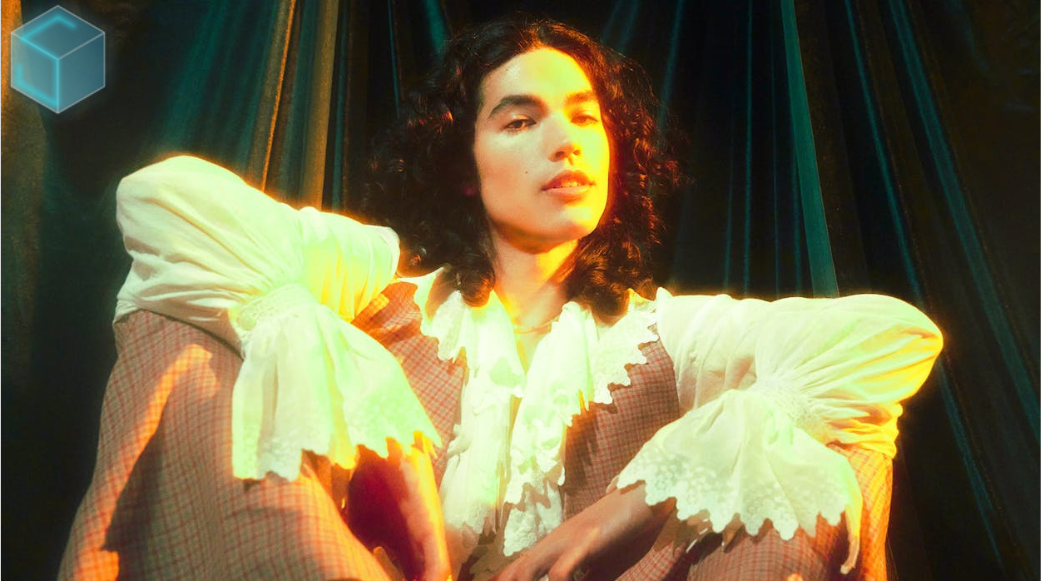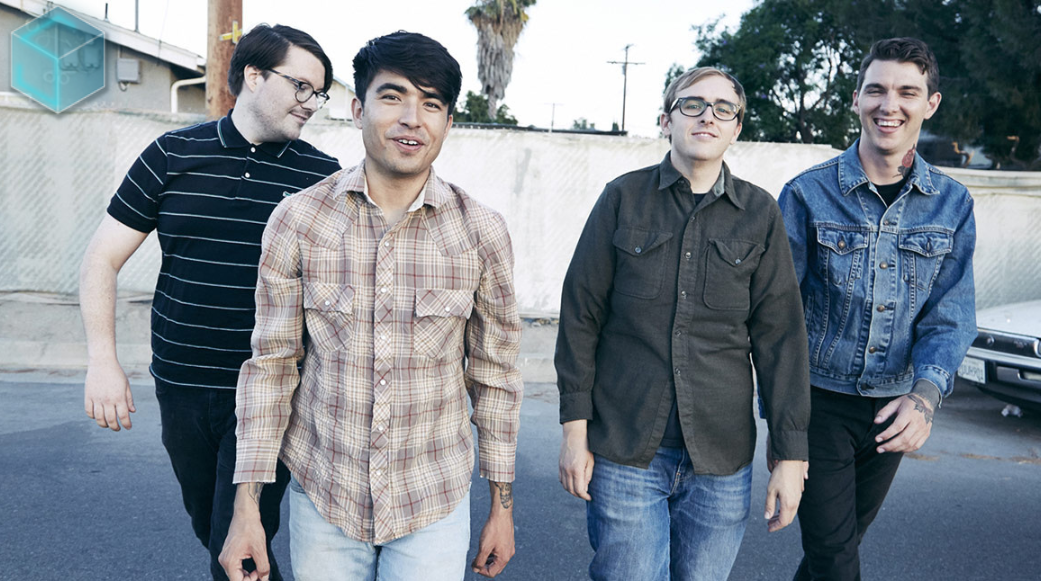
August 21, 2025
Cardi B is officially back in album mode. On Friday, the rap superstar released her new single “Imaginary Playerz,” a bold track that samples Jay-Z’s classic “Imaginary Player.” The release comes...
Read more
August 21, 2025
Gary Oldman opened up about his decades-long friendship with the late David Bowie, calling the world a very different place since the music icon’s death in January 2016. In a heartfelt interview...
Read more
August 21, 2025
The Queen of Pop just proved she's still the ultimate trendsetter even when it comes to birthday cakes. Madonna rang in her 67th birthday with a luxurious Italian getaway capped off by an enormous...
Read more
August 20, 2025
Former Little Mix star Jade Thirlwall isn't mincing words about artists who avoid political engagement, specifically calling out The 1975's Matty Healy for what she sees as a privileged stance. In...
Read more
August 20, 2025
PinkPantheress has once again cracked the code of Gen Z’s collective brain chemistry with her track Illegal. It’s short, it’s addictive, and it’s the kind of song that makes you feel like you’re...
Read more
August 20, 2025
Conan Gray has never been shy about writing songs that feel like reading your high school diary at 2 a.m. with the lights off. But with Caramel, he’s gone full Willy Wonka heartbreak mode. It’s...
Read more
August 20, 2025
PinkPantheress has always had a gift for making music that feels like it was recorded inside your daydreams, half diary entry, half late-night Tumblr scroll. With Romeo, she’s taken that talent and...
Read more
August 20, 2025
Every so often, a song arrives that feels less like a single and more like a cinematic event. LISA’s latest release, DREAM featuring Japanese actor and heartthrob Kentaro Sakaguchi, is exactly that...
Read more
August 20, 2025
If Cardi B has taught us anything, it’s that she doesn’t just rap, she throws down verbal haymakers wrapped in couture and glitter. Her new joint, “Imaginary Playerz,” is a full-on drag session for...
Read more
August 20, 2025
Everyone’s favorite pop-punkers, Joyce Manor, are back with their first new song in three years. The surprise single, “All My Friends Are So Depressed,” is out now via Epitaph Records, blending...
Read more
August 20, 2025
In 2025, Christian culture is prevalent, although it was previously on the outside of popular music. The Billboard Hot 100 is dominated by religious-themed songs like Benson Boone's...
Read more
August 20, 2025
Michael Tait, a well-known Christian rock musician (DC Talk, Newsboys), has admitted to engaging in "unwanted sensual" behavior and substance misuse for decades. Multiple accusers allege abuse...
Read more.png)
Writing lyrics that are metaphorical and cryptic can feel like a daunting task, especially when you hear others do it effortlessly. It’s easy to feel that your lyrics come across as literal or simplistic in comparison. But lyricism, like any other art form, can be learned and refined with the right techniques and mindset.
Many great songwriters once faced the same challenge. Icons like Bob Dylan, Thom Yorke, and Leonard Cohen didn’t always write with the cryptic brilliance we now admire. They developed their skills over time and found unique ways to convey complex emotions and ideas through metaphor and abstraction. Let’s explore some strategies to help you do the same.
When you find yourself writing literal lyrics, you’re likely describing a situation or feeling directly. To make your lyrics more metaphorical, think in images. Paint a picture with your words instead of stating an idea outright.
For example, instead of saying, “I feel sad,” try to visualize what sadness looks like. Is it a withered flower in an empty field, or a heavy fog that never lifts? By focusing on imagery, you allow listeners to interpret the emotion for themselves, giving the lyrics more depth.
Example: Bob Dylan
Bob Dylan's song "A Hard Rain’s A-Gonna Fall" doesn’t explicitly say what it’s about, yet it conjures a sense of foreboding and unease with phrases like "blue-eyed son," "crooked highways," and "dead oceans." Each image is loaded with meaning, allowing listeners to find their interpretations.
Metaphors and similes are your best friends when it comes to cryptic writing. Instead of describing things directly, compare them to something else. This not only adds layers to your lyrics but also helps the listener engage in a more personal way.
A metaphorical line like "My heart is a hurricane" communicates chaos and turmoil far more effectively than just saying "I’m overwhelmed." Practice by making a list of metaphors or similes that connect to the emotions or themes you want to explore.
Example: Thom Yorke (Radiohead)
Thom Yorke frequently uses metaphors to create a sense of ambiguity and emotional depth. In the song "Pyramid Song," the lyrics are filled with abstract and surreal images like "black-eyed angels swimming with me" and "moon full of stars." These metaphors invite listeners to draw their own conclusions and create their own narratives.
The structure and rhythm of your lyrics can also add a layer of mystery. Try experimenting with unconventional phrasing, sentence fragments, or unexpected word choices. Sometimes, breaking the rules can make your lyrics more intriguing.
You can also play with language itself by using double entendres, alliteration, and wordplay. This helps in creating lyrics that sound more poetic and enigmatic.
Example: Leonard Cohen
Leonard Cohen was known for his poetic, often cryptic lyrics. In "Famous Blue Raincoat," the narrative is fragmented, with parts of the story left out. Phrases like "the rain falls down on last year’s man" create an evocative mood without revealing too much. The ambiguity keeps listeners coming back to interpret the lyrics repeatedly.
Symbolism is a powerful tool for creating depth in your lyrics. Think of universal symbols like the moon, the ocean, or fire. Each has multiple meanings and cultural connotations. Use these symbols to hint at ideas or emotions rather than stating them outright.
Archetypes, which are typical examples of certain people or situations (like the hero, the lover, or the rebel), can also add layers to your lyrics. By invoking archetypes, you can suggest broader themes and tap into shared human experiences.
Example: Patti Smith
Patti Smith's lyrics often blend personal narratives with archetypal imagery and symbols. In her song "Birdland," she references symbols like birds and wings, using them to convey themes of freedom and transformation. The use of these symbols allows her to communicate complex emotions without directly stating them.
If you're struggling to be metaphorical, look outside of music. Poetry, films, and visual arts are full of metaphors, symbols, and cryptic storytelling. Read poetry by Sylvia Plath, T.S. Eliot, or Langston Hughes, and notice how they use language. Watch films by directors like David Lynch or Alejandro Jodorowsky, who create narrative layers through visual metaphor and ambiguity.
By exposing yourself to different forms of creative expression, you can find fresh ways to approach your lyric writing.
Remember, writing metaphorical and cryptic lyrics is a journey. Even the greats had to start somewhere. Embrace the process, keep experimenting, and allow yourself to make mistakes. With time and dedication, you'll find your voice and your unique way of communicating through metaphor and abstraction.
Take inspiration from those who came before you, but don’t be afraid to forge your path. Your perspective, your choice of words, and your imagination will create lyrics that resonate deeply with others.
So, grab your notebook, start visualizing, and let your words dance with ambiguity and mystery. Your listeners will thank you for it.